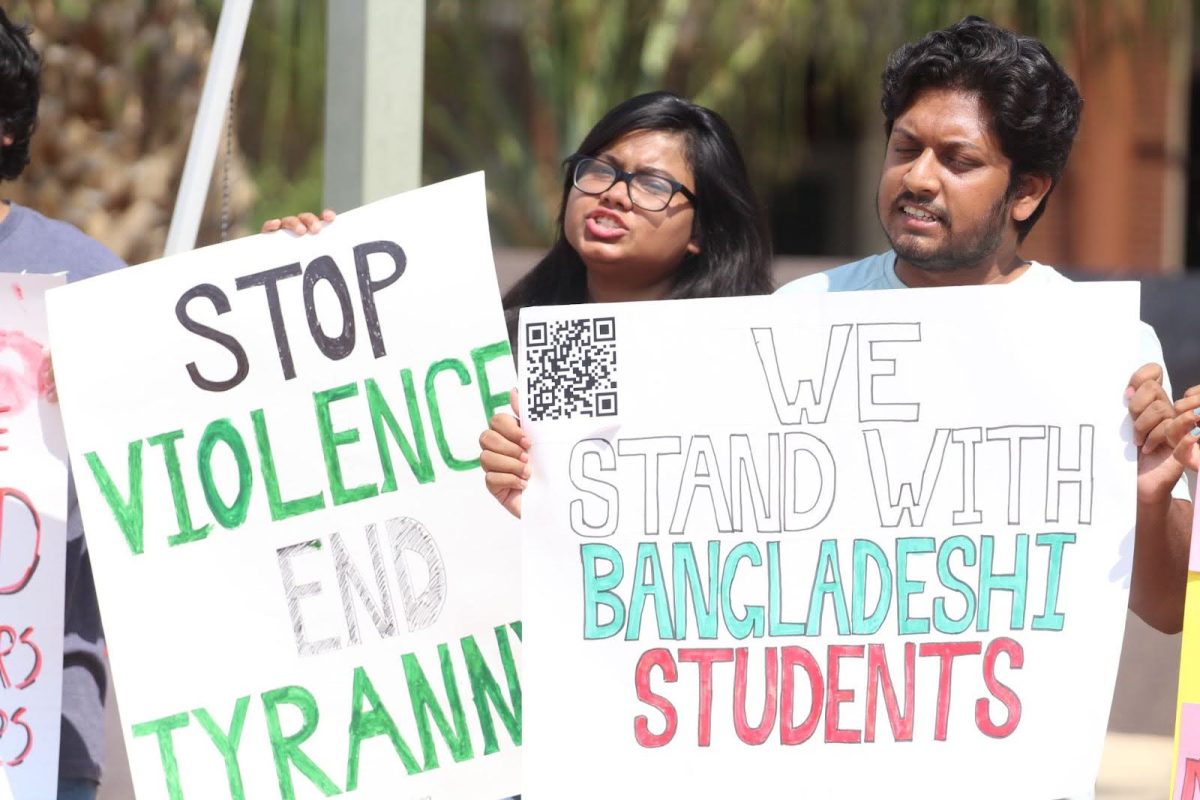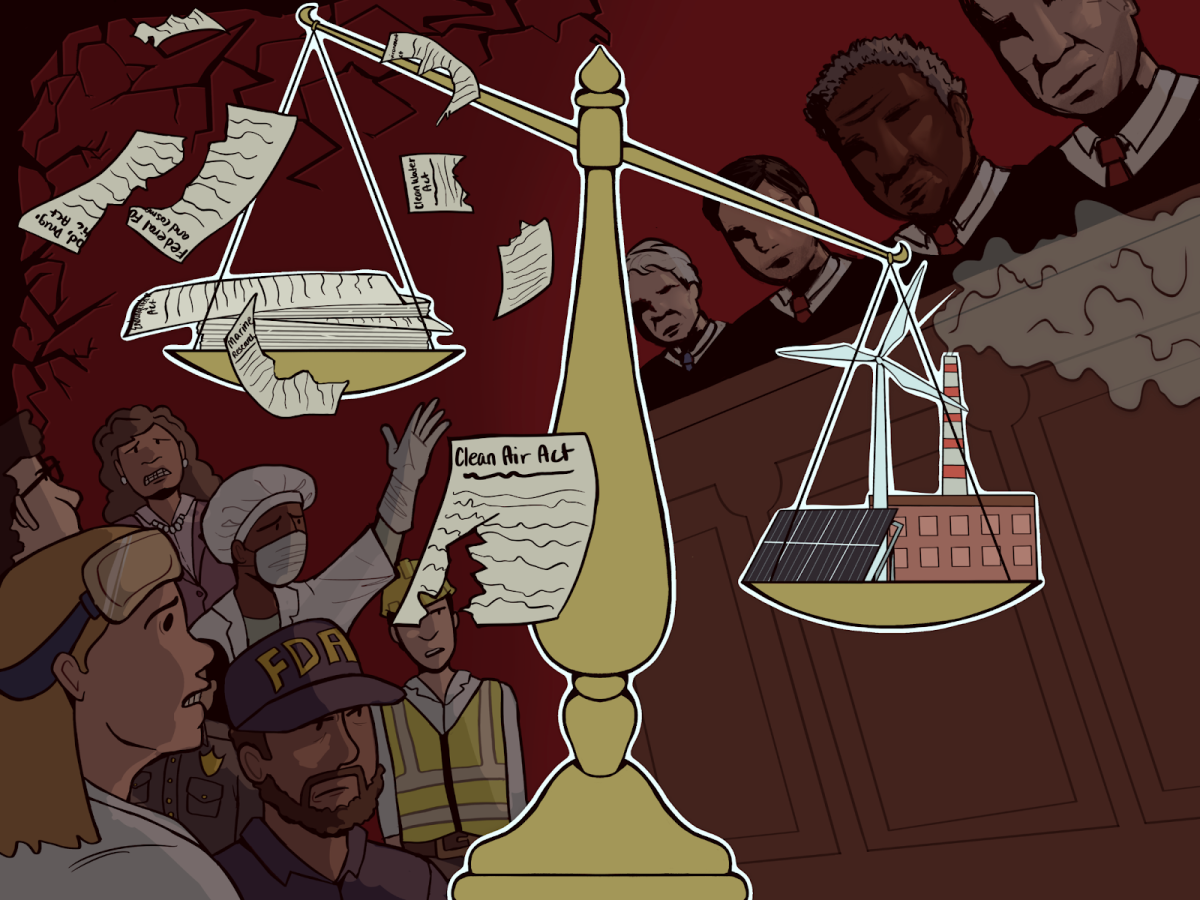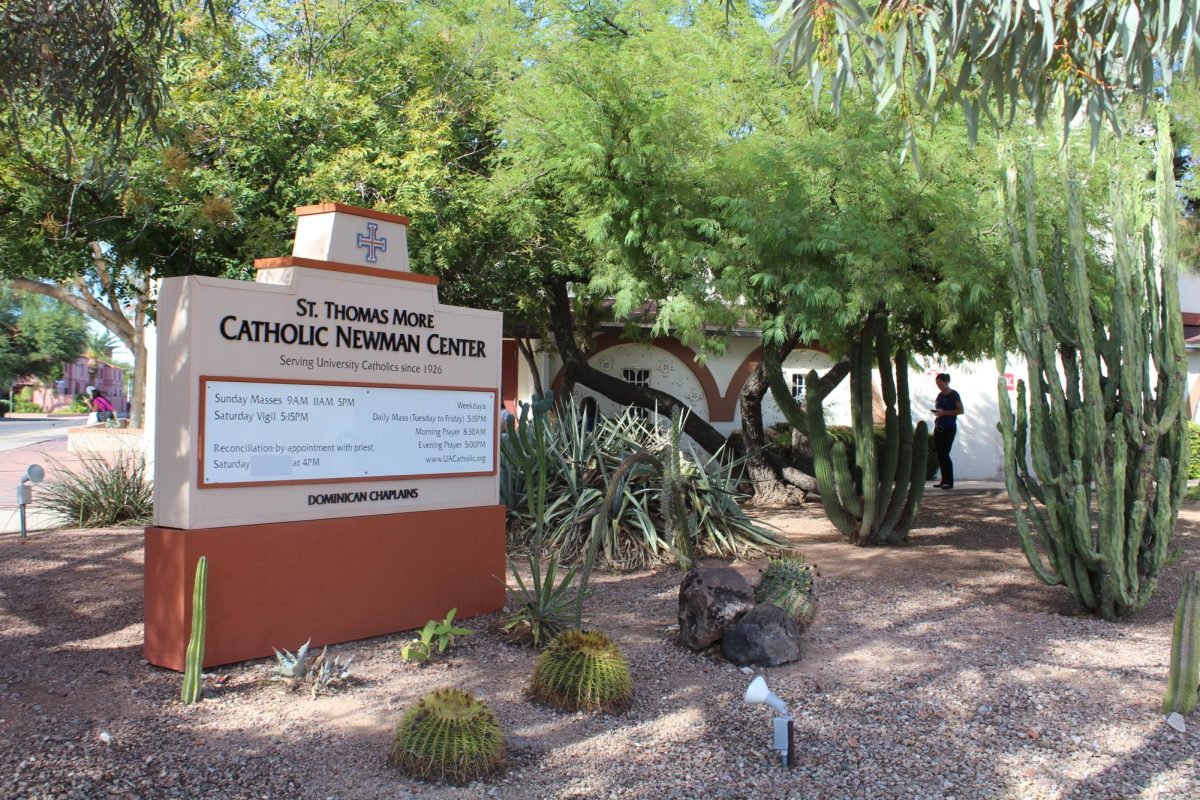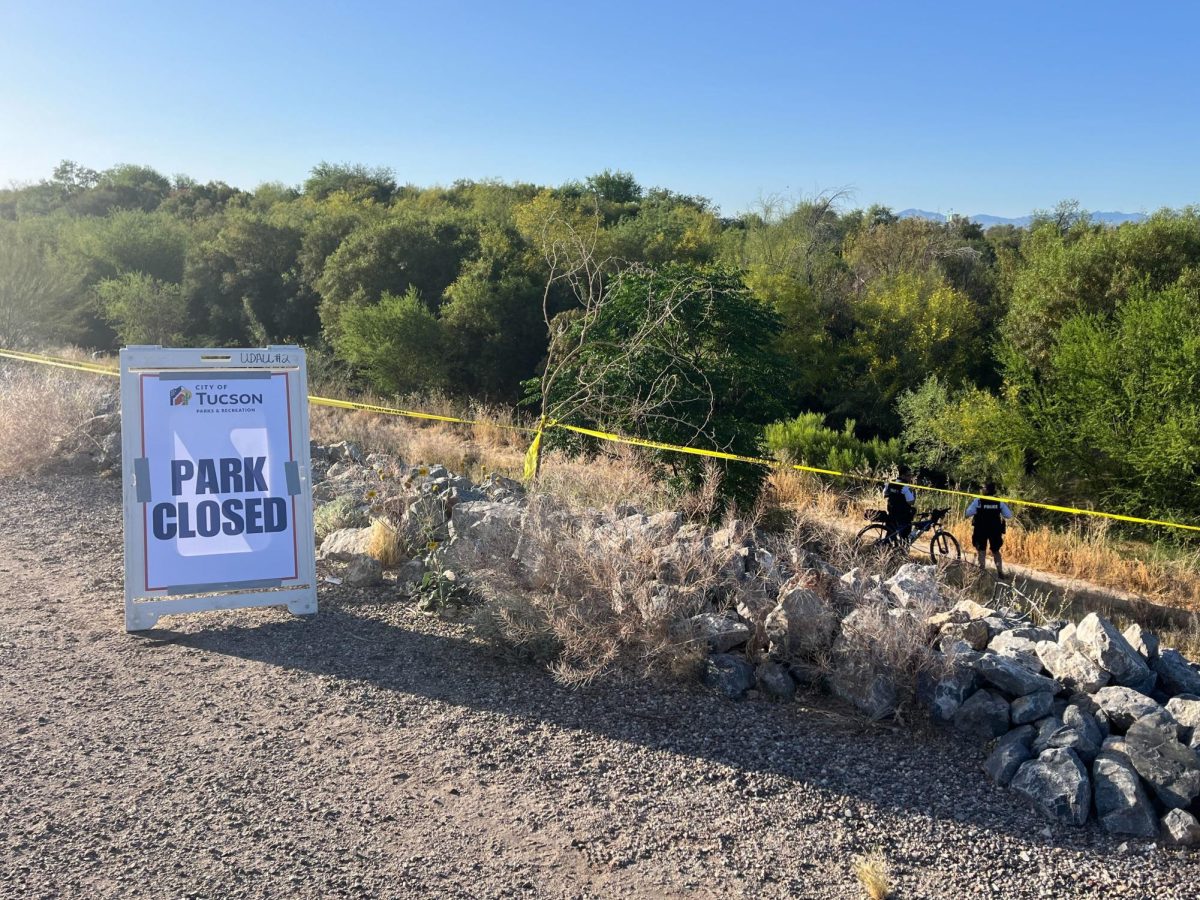UA students will get the chance to learn about the history of Harlem, N.Y., through a virtual world next year.
Bryan Carter, assistant professor of Africana studies and the creator of Virtual Harlem, will be introducing a virtual classroom to the UA in 2014. Virtual Harlem is a representation of Harlem as it existed between 1920 and 1934, during the Harlem Renaissance era. Understanding the setting and lifestyle of this era is key for those studying in the Africana studies department at the UA, Carter said.
While Virtual Harlem already exists and is open to anyone who wishes to create a personalized avatar on OpenSimulator and participate in the virtual world, students will be able to contribute to the world through the virtual class next year. The content students create, including artwork, music, presentations and poetry, will remain in Virtual Harlem.
Students in the new class will also create avatars and interact with one another and with the environment through presentations, role-playing, performances and visits to virtual spaces.
“Unlike a video game, a virtual world is unscripted,” Carter said. “You can do anything in that world.”
Carter began working on Virtual Harlem when he was a professor at the University of Missouri from 1996 to 1997. The project is a collaborative learning and research environment, enabling interested students, scholars and entertainers to interact in a virtual space.
“I really wanted to encourage my students to experience the Harlem Renaissance in a different way — both visually and tactile-ly,” Carter said.
Carter submitted a proposal to the Advanced Technology Center at the University of Missouri-Columbia that would ultimately make use of virtual technology, at the time a brand-new technology. The project was adopted, and Virtual Harlem was born. The project has been run by several different companies in its time and is now hosted by OpenSimulator, which is centralized at a university in Scotland called St. Andrews University.
Mariah Hill, a communication junior, is currently one of Carter’s students in his class called “When African Americans Came to Paris,” and said she is eager to participate in Virtual Harlem.
“It is like a game. You walk the streets of Harlem, you hear the music, you see the people,” Hill said. “It’s a way to learn about the culture virtually.”
The virtual world helps participants communicate and understand history and share their thoughts about Harlem in the 1920s, Hill added.
The foundation of Carter’s classes and curriculum revolves around virtual worlds, with everything from weekly discussions to presentations being conducted virtually. Even while he was in Paris for two weeks, his class continued.
“Dr. Carter was in Paris, and we actually still interacted with him,” Hill said. “We had presentations, homework, discussion — all while he was there — via an app.”
Some students said the uniqueness of the class has its pros and cons.
“You need different supplies than most classes,” Hill said, “and you need a quiet environment.”
Tamara Pridgett, a communication senior and a student in Carter’s “When African Americans Came to Paris” class, said the technology involved in his classes can make it time-consuming.
“Sometimes you really need to take time to learn how to use the different technology that is being introduced,” Pridgett said.
According to Hill, Carter’s classroom also serves as an example of the future of technology.
“This is where our generation is headed,” Hill said, “It’s relevant, efficient and effective and I know that we are going to start using more virtual technology and seeing it in the classroom.”
For a preview of the virtual world, visit Virtual Harlem.
– Follow Adriana Espinosa @adri_eee









